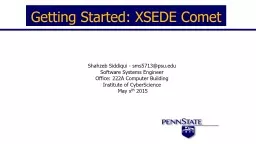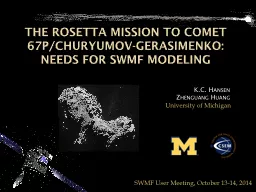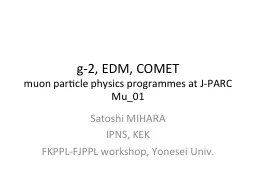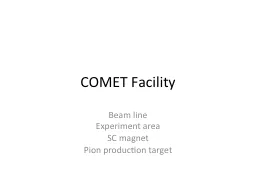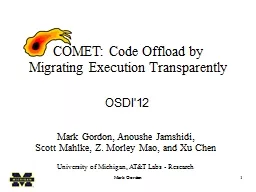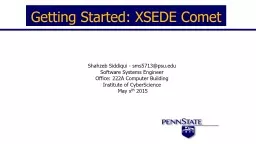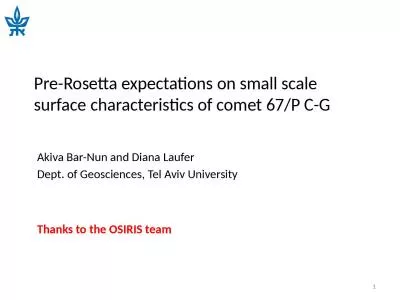PPT-Getting Started: XSEDE Comet
Author : natalia-silvester | Published Date : 2016-09-17
Shahzeb Siddiqui sms5713psuedu Software Systems Engineer Office 222A Computer Building Institute of CyberScience May x th 2015 System Overview Comet is one
Presentation Embed Code
Download Presentation
Download Presentation The PPT/PDF document "Getting Started: XSEDE Comet" is the property of its rightful owner. Permission is granted to download and print the materials on this website for personal, non-commercial use only, and to display it on your personal computer provided you do not modify the materials and that you retain all copyright notices contained in the materials. By downloading content from our website, you accept the terms of this agreement.
Getting Started: XSEDE Comet: Transcript
Download Rules Of Document
"Getting Started: XSEDE Comet"The content belongs to its owner. You may download and print it for personal use, without modification, and keep all copyright notices. By downloading, you agree to these terms.
Related Documents

